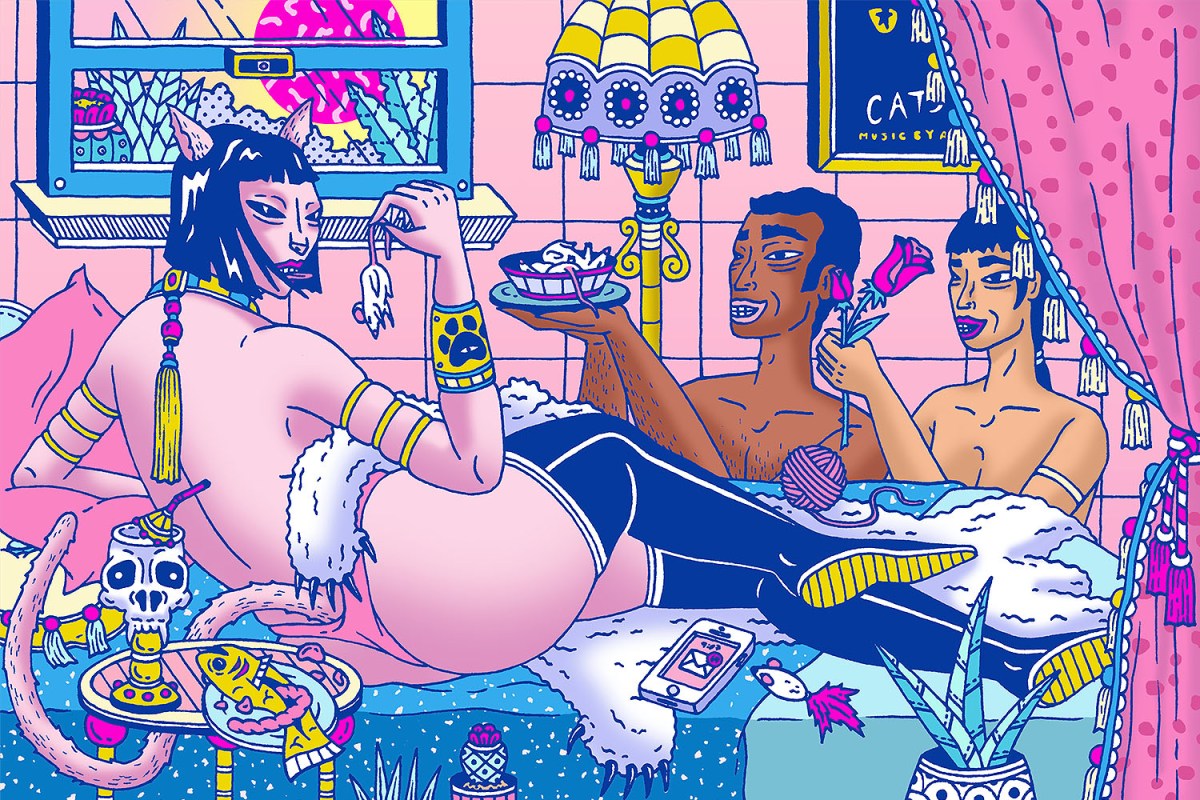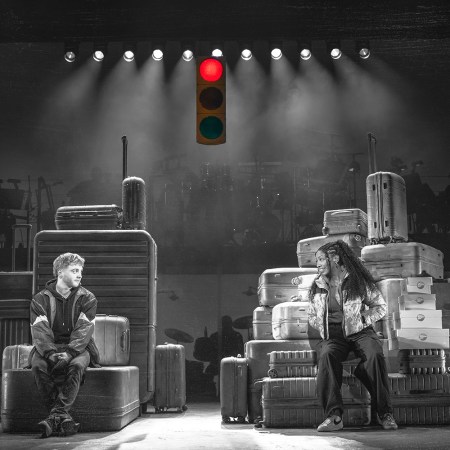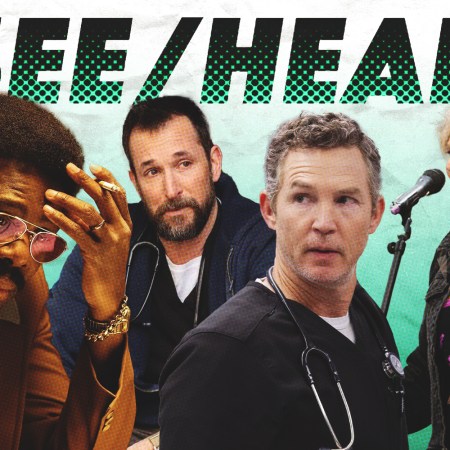Tom Hooper’s Cats is without question the most pervasively horny film to be produced and released by a major studio since Magic Mike XXL gyrated its way into theaters back in 2015. That’s a testament to the totality with which Hollywood has abandoned all expressions of mature sexuality, but moreover, it speaks to the constant roiling undercurrent of eroticism in this musical about cats competing to enter heaven through feats of song and dance.
The great Russian acting instructor Michael Chekhov theorized that all characters lead with their head, heart or groin. Every single performer in Hooper’s glorious CGI abomination has gone with door number three. They writhe and pelvic-thrust as if in the hope that we might tip them, more than compensating for the shortcomings of the material with sheer randy conviction. These cats [deep, solemn breath] are in heat.
The much-clucked-about “digital fur technology” leaves some cats, such as Idris Elba’s devious chocolate-colored Macavity, looking like statuesque nude figures. The assembled dramatis personae have what could be best described as Ken-doll private parts, and yet that somehow makes the lack of penis on Jason DeRulo’s Rum Tum Tugger even more perceptible, like a structuring absence. In one scene, Taylor Swift’s Bombalurina shimmies her oddly well-defined (and crucially nipple-less) cat-breasts toward the camera, and in another, Rebel Wilson’s Jennyanydots performs a brain-melting striptease in which she unzips her outermost layer of flesh to reveal a show-choir vest underneath. For the more outré fetishists amongst us, Christmas is coming early, and it’s coming hard.
While Cats feels like a surreal aberration for the time that a viewer spends seated in the theater, once they stagger into the cold light of day, a soberer mind realizes that Hooper’s vision of anthropomorphized lust has a longstanding basis embedded deep in our cultural consciousness. For as long as humankind has domesticated cats, we have wondered what it might be like if they were hot and down for anything. This doesn’t come from any sort of inbred instinct for bestiality. Quite the opposite: rather than an unnatural taboo, the tendency to project human qualities onto nonhuman presences is hardwired into the homo sapiens’s pathology. Everyone’s got a thing; personification just happens to be the human race’s.
There’s a wonderful moment on the cult sitcom Community that involves one character coming out with their belief that all cats are girls and dogs are boys. It’s a goofy thought, but it doesn’t come from nowhere. Since the days of antiquity and their rigid ideas about gender, we’ve assigned a set of traits typically considered feminine to the feline and those considered masculine to the canine. The dog’s loyalty, vigor, indefatigability and galumphing friendliness all cast him as a counterpart to a man, whereas the cat’s slinky movements, fickle nature, default inactivity and diligent cleanliness synced up with a reductive notion of womanhood. Bast, the Egyptian deity presiding over cat-kind, was worshipped as female. Same goes for the Greek goddess Hecate, who transformed into a cat to go incognito on Earth and later assumed the role of the critter’s celestial guardian. Wizards have birds, serpents or hounds, but witches have cats.
Whether knowingly or not, future generations reinforced the association between cats and the feminine through the codification of sexual language. A woman in command of her own desires became a sex kitten (infantilizing and objectifying!), though that one found a male counterpart in the tomcat. The brothel got a colorful rebrand with the term “cathouse,” and marks sustained during a dalliance came to be cheekily referred to as “cat scratches.” And of course, there’s the most widely used vaginal euphemism of all. These off-color connotations eventually seeped into pop culture, from the Kit Kat Klub that sets the scene for Broadway’s Cabaret to the Kitty Queen persona adopted by Euphoria’s Kat earlier this year when she decided she wanted to start findomming.
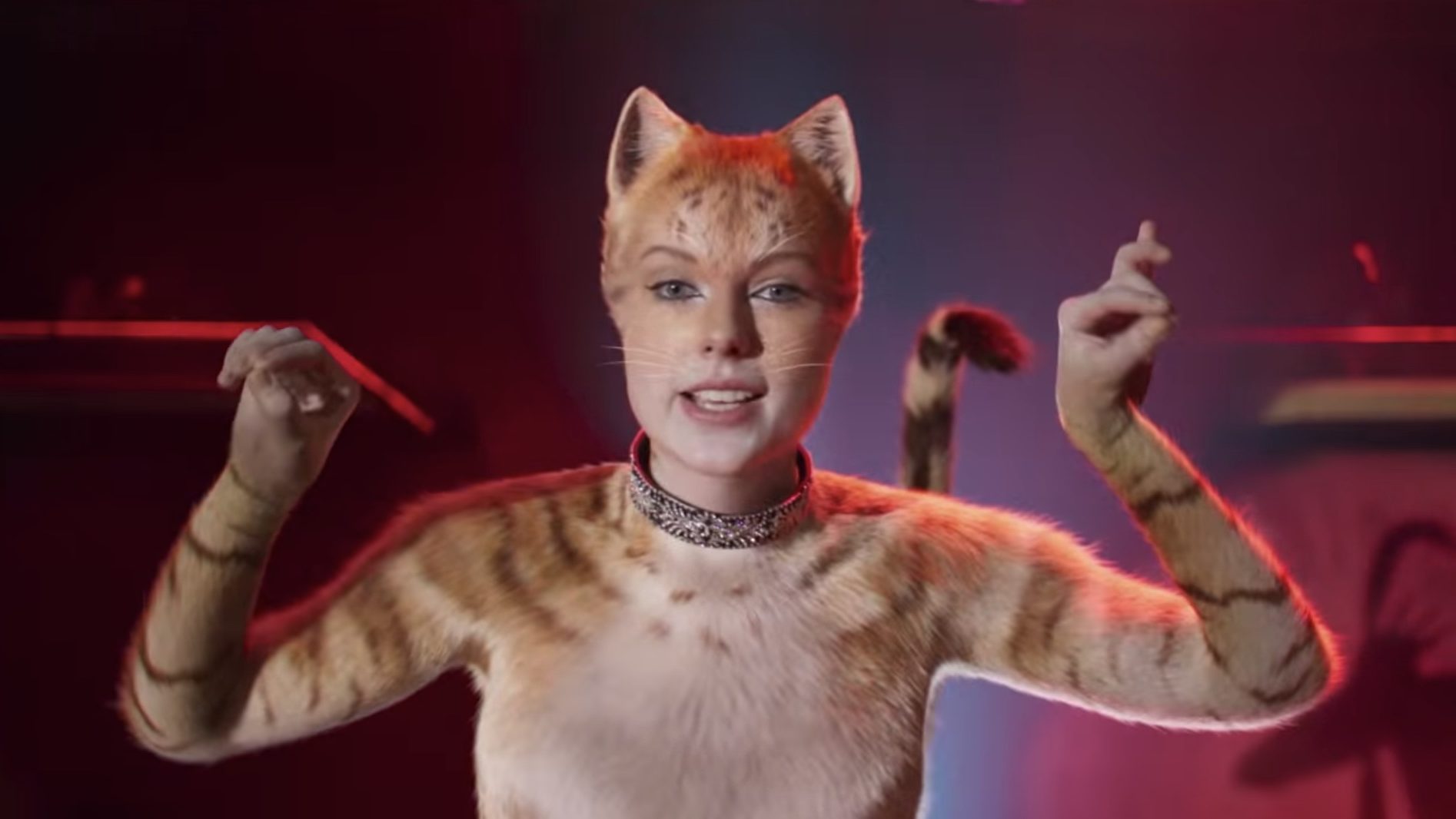
It wouldn’t be long until our species bridged the gap and applied the fantasizing directly to the cat instead of laundering it through a human vessel. Tijuana bibles, cheap little unauthorized comics featuring characters from the funny pages in compromising situations, weren’t above hotting up the odd humanoid cat. They paved the way for a pair of key texts in the horny-cat canon, and though both revolved around male characters, their expressions of libido underscored a broader view of sex as a cat thing. When the world of comics mutated into the anything-goes underground known as “comix” during the ‘60s and ‘70s, all bets were off.
Perhaps the defining creation of this era was Fritz the Cat, a cynical beatnik introduced via Robert Crumb’s long-running strip in off-center magazines like Help! and Cavalier. He was a hedonist wending his way through a scene easily swayed by false intellectuals, using vague flim-flammery about systems of power in America to talk buxom lady-cats into bed. For Fritz, every second of every day represented an ongoing quest to get high, laid, or most preferably, both. His baser tendencies gained vivid new life in 1972 with the release of a silver-screen vehicle for the character directed by Ralph Bakshi, which placed Crumb’s shameless sexual streak on a wider platform than ever. For that brief, glorious moment in which X-rated films regularly graced mainstream movie houses, a baffled and slightly titillated America could watch the shitheel cousin of Felix the Cat coax three coeds into a bathtub for a dervish of ecstatic group intercourse.
Fritz the Cat leaned into the animalistic nature of, er, animals. Its bustling menagerie of heroin-shooting rabbit bikers, black-coded birds drawing on a well of racist Jim Crow iconography, and literal pig cops all share a coarseness that Fritz himself translates to a primal sex drive. But the objects of his unsavory affections — mostly NYU undergrads milling around Washington Square Park, with the glasses and Eve-in-Eden hairstyles and half-formed notions about social injustice of the post-hippie era — may be the most revealing component of all. Crumb intended the pairing of kiddie cartoon aesthetics and explicit content to be a shock to the sensibilities of right-thinking Americans, but it’s now startling primarily for its reactionary streak. If Fritz was meant to expose the moral rot undergirding the more disingenuous progressives, the film took it one step further and bought into the same, portraying women and people of color with stereotypes old-fashioned even in that era. The cumulative effect was depicting sex (or at least, cat-sex) as dirty and perverted, just how Crumb wanted it.
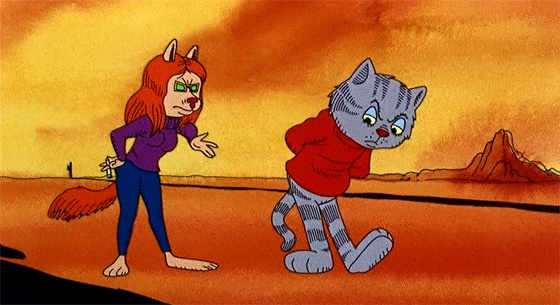
Omaha the Cat Dancer came along in the early ‘80s to right the ship, putting a sheen of legitimacy if not overt respectability on the emergent cat-smut genre. Crumb may have depicted imagery suitable only for grown-ups, but his temperament was unmistakably adolescent. Artist Reed Waller and writer Kate Worley took their frisky felines to truly adult places, situating them in a noir-inflected story that would weave sex into the fabric of its story rather than airdropping it in when things start to get slow. A Chinatown-styled plot winding its way between rival business tycoons follows the romance between a cat-stripper nicknamed Omaha and her lover Chuck, a steamy affair that includes frankly shown instances of masturbation and threesomes. The ground broken here was the willingness to take such material seriously on an emotional and artistic level, which led to both obscenity charges and multiple Eisner Award nominations for the Waller-Worley creative team.
Posterity will remember them as the victors, and the furry fandom thriving today represents the proof in that pudding. Every year, the inclination to dress up in cartoon mascot costumes and seduce similarly attired individuals inches closer to being sanctioned by polite society and further from the kink community’s favorite punch line. We’ve yet to reach the point where movies and TV no longer need to provide a definition and context whenever someone is revealed to be a furry, but they’ve got an official advocacy group (the American Furry Association, a group I’m sure has received a lot of letters from the American Family Association) and an ever-expanding membership. Their conventions are above-board operations, as dedicated to solidarity and community as they are to rutting. To those card-carrying furries, it’s second nature, hardly something to be remarked upon.
It bears noting here that the term “furry” dates back to fanzines in the early ‘80s, the same approximate period that saw Cats take the stages of London by storm. Because its cultural pawprint is so small in the year 2019, it’s easy to forget that Andrew Lloyd Webber’s take on T.S. Eliot’s poetry was at one time a ubiquitously popular force of culture. That was undoubtedly the primary motivator for the Universal executives during their early development meetings: the promise of an automatic audience from brand recognition. Little did they know that the true built-in viewership would not be ‘80s Broadway enthusiasts, but the age-old demographic with exotic erotic tastes. What’s truly discomfiting about the cinematic Cats is not that it shows us something we’ve never seen before, but rather that it shows us something buried deep in our collective unconscious.
Just as the genetic compulsion to hunt and gather never fully leaves the human race, only channeling itself into new forms for an advanced world, so too has the urge to do it with cats persisted over a course of centuries. It could be argued that this is what makes us human: defining something else by its non-human-ness, imposing our form on that thing, then theorizing how that thing might be used to bring a person to orgasm. There’s even a fun name for the infinite applicability of this concept, but the noble cat remains the animal kingdom’s most frequently favored example. And for those still put off by the inevitable, pansexual ministrations of Cats — just be grateful it wasn’t the humans who learned how to lick their own genitals.
Art by Kristen Liu-Wong
This article appeared in an InsideHook newsletter. Sign up for free to get more on travel, wellness, style, drinking, and culture.
